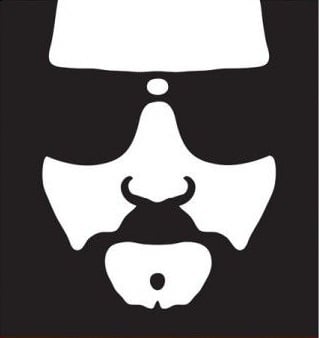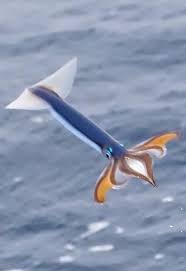I was thinking about this before the Tholian wave, but it’s apropos.
It unscientifically appears to me that TOS had a far higher incidence on non-humanoid aliens than later series. Tholiens, Horta, the flying neural parasites on Deneva; while there were many bipedal aliens sometimes differing only by skins color, many were non-bipeds or were bipedal but radically different from humans, like the Gorn and the salt vampire. In later series, it seems nearly all aliens were reduced to bumpy head species.
TOS ran for only three seasons, and truly different aliens are expensive; I understand the economics of going the prosthetic forehead route. And it’s difficult to have recurring truly alien biology in a series.
My question is whether anyone’s done a statistical analysis covering the originality of aliens, per series, based on divergence from the humanoid base. Does it only seem like TOS had more different types of aliens (intelligent and non) because it was so short, or was the universe really more diverse in TOS?
truly different aliens are expensive
They don’t have to be. https://static.wikia.nocookie.net/startrek/images/3/3b/Ornithoids_2267.jpg
Dang, that was a great episode!
VOY had a decent variety outside of the basic prosthetic humanoids: Species 8472, the living “coffee” nebula, the cytoplasmic lifeform that latched onto B’elanna, the biomimetic goo, the nucleogenic lifeforms the Equinox used as fuel.
Don’t forget the macrovirus, those were scary
And the telepathic pitcher plant!
That actually was something that irked me about TNG at the time and it still annoys me a little. TNG never had Andorians (not counting one holodeck projection) or Tellarites. They occasionally had non-human aliens, but most of the time it was the forehead prosthetic of the week. And I really didn’t care for the explanation in The Chase because it’s essentially saying that all the humanoids are special but all of those other non-humanoid aliens can get fucked because apparently not a single non-human entity, let alone the old intelligent gas cloud standby, were around when The Chase aliens were.
Well that, and the whole idea of the secret message DNA puzzle was dumb.
TAS introduced a bunch of non-humanoids, for obvious reasons. No idea about Lower Decks or Prodigy.
You asked the question, it’s only fair that you do the counting. Memory Alpha has a list of species to get you started.
Most of each of the series is dominated by humanoid species simply due to the economics of it or due to the progenitors in story. But, I seem to remember just as many, if not more non-humanoid species newly introduced in TNG in addition to the ones that first appeared in TOS.
I just might. But this isn’t something I’d want to do myself if someone else has already done it. Sometimes writing a bit of software is its own reward, and sometimes you find out too late that someone else has already done it, better, and you could have spent your time on another project.
Memory Alpha isn’t complete on this topic, BTW. There are some species which, probably by virtue of being unnamed in the series(es) are not listed. There are several neuro-parasites which are arguably intelligent that show up only on the neuro-parasite page which go unlisted on the list-of-species page (the flying pancake parasite from TOS being a memorable one). But not all neuro-parasites are left off (Trill Symbiotes have a more palatable name, but they’re basically voluntarily adopted neuro-parasites).
I think the progenitor line was a sort of ret-con to explain something about the series that people had been wondering about, not something about the universe Roddenberry had imagined. Sort of like the rather weak (but still funny) answer Worf gives about smooth-forehead Klingons. There were plenty of prosthetic-forehead aliens in TOS, and several that were even less differentiated: Romulan, Klingons, and Vulcans could all - and sometimes did - easily pass for humans with no more than a hat.
In any case, my question wasn’t about in-universe theory; I’m more curious about whether my perception of TOS being more alien-diverse is accurate.







